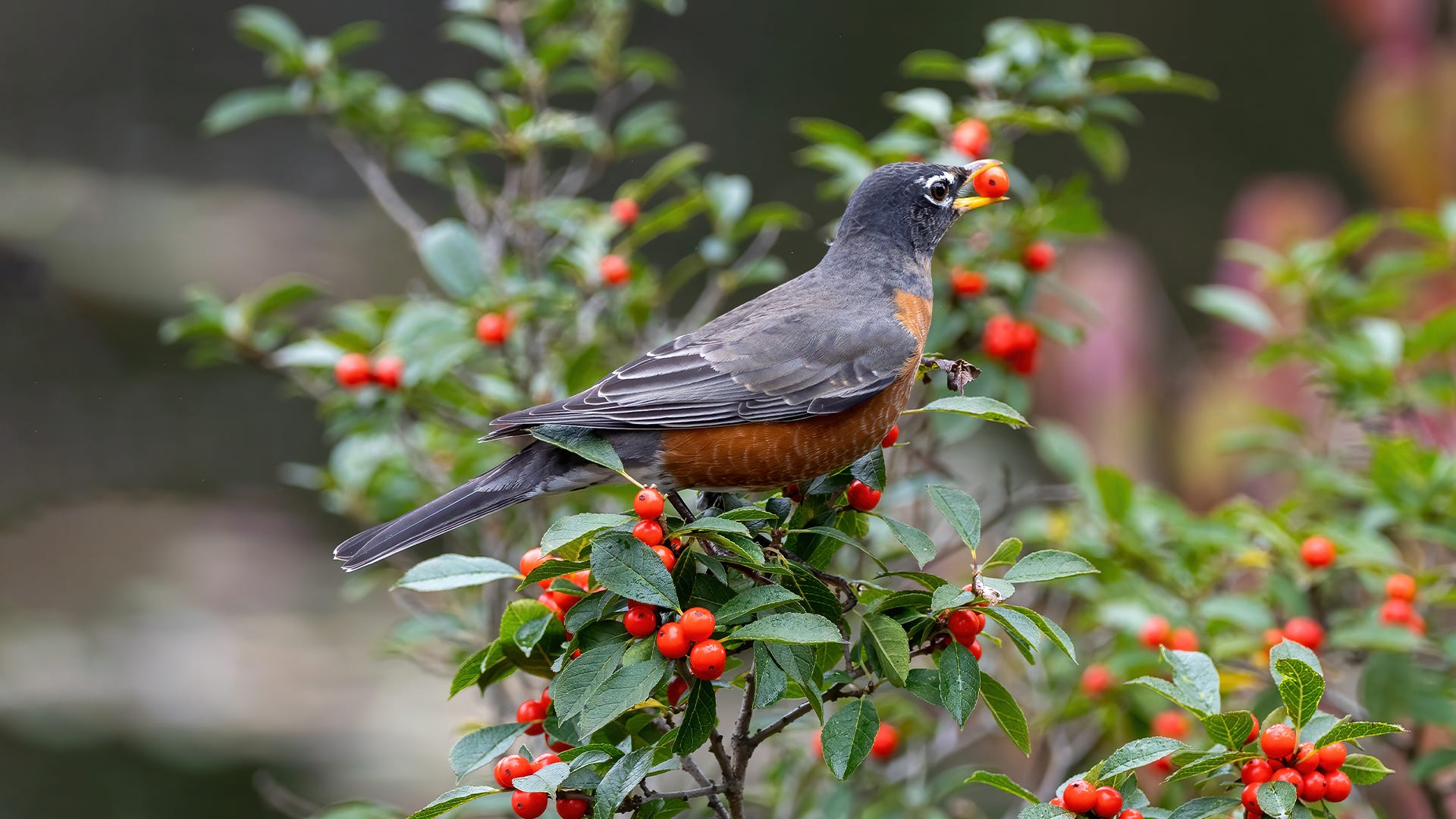
Suet is a great food many birds enjoy, but they can’t enjoy it if they can’t find the bird feeder. If a suet feeder is hung in the proper place, however, it can attract many hungry birds and provide great enjoyment for backyard birders.
Types of Suet Feeders
There are many types of bird feeders, from basic, simple cages that hold one standard suet cake, to feeders that can hold multiple cakes stacked side-by-side or vertically. Some suet feeders may have a larger cage enclosure to keep bigger bully birds away from the suet & are squirrel proof, and hopper seed feeders may have suet cages attached to their sides for more variety.
Upside-down feeders are useful to attract clinging birds and keep larger birds at bay, while specialized suet feeders may be shaped like logs to hold plugs of suet rather than cakes. Any of these designs is great to offer birds suet, but the feeders must be hung where birds can find the treat and feel comfortable and safe while feeding.
See also: The Do's and Don'ts of Offering SuetBirds That Eat Suet
A variety of bird species enjoy suet and will happily visit suet feeders. The types of birds that enjoy suet most include:
All of these birds are forest species and are most comfortable in trees as they forage for insects or nuts.
Wooded areas also provide suitable shelter and nesting sites for suet-loving birds, and understanding the habits
of these birds can help birders choose the best spots to hang suet feeders so the birds feel at ease when
visiting.

Where to Hang a Suet Feeder
Birds that eat suet may visit a feeder anywhere in the yard, but many of these species are shy and placing a feeder where they feel safest will attract even more hungry birds to the treat. Hang a suet feeder…
- Close to Trees - Because suet-loving birds naturally forage in trees, they will find a suet feeder more quickly and feel more secure visiting if the feeder is hung close to trees.
- Attached to a Trunk - Attaching a suet feeder directly to the trunk of a tree birds love is a great way to attract trunk-hugging birds like nuthatches, woodpeckers, and creepers.
- In the Shade - Suet can melt and become sticky quickly on hot days, making it less palatable to birds. Positioning a suet feeder in the shade will keep the food firmer for better feeding.
- At Least 5-6 Feet High - Suet feeders should be at least 5-6 feet above the ground to keep squirrels and other unwanted visitors from jumping onto the feeder.
- With Appropriate Baffles - Because many other wildlife visitors love suet, including squirrels, raccoons, and even bears, feeders should be hung with strong baffles to keep the suet safe.
- Near Other Feeders - Positioning a suet feeder somewhat close to other feeders will make sure it is noticed more quickly and more birds are likely to visit for a taste of suet.
- In a Quiet Place - Most birds that love suet can be shy and may spook easily at a busy feeding station, so putting a suet feeder in a quieter spot but still in view of other feeders is best.
- With a Good View - A suet feeder should always be hung where birders can see and enjoy the birds that visit. Don’t hang a feeder too close to windows, however, or birds may collide dangerously with the glass. Instead, hang the feeder out in the yard where it is easily seen.
Knowing where to hang a suet feeder to make the widest variety of hungry birds feel safe and comfortable can have a dramatic impact on how many birds visit. It is important to be patient, however, because it can take some time for birds to discover and try out a new feeder. Once they do get accustomed to a suet feeder, suet-loving birds will quickly become regular guests.







